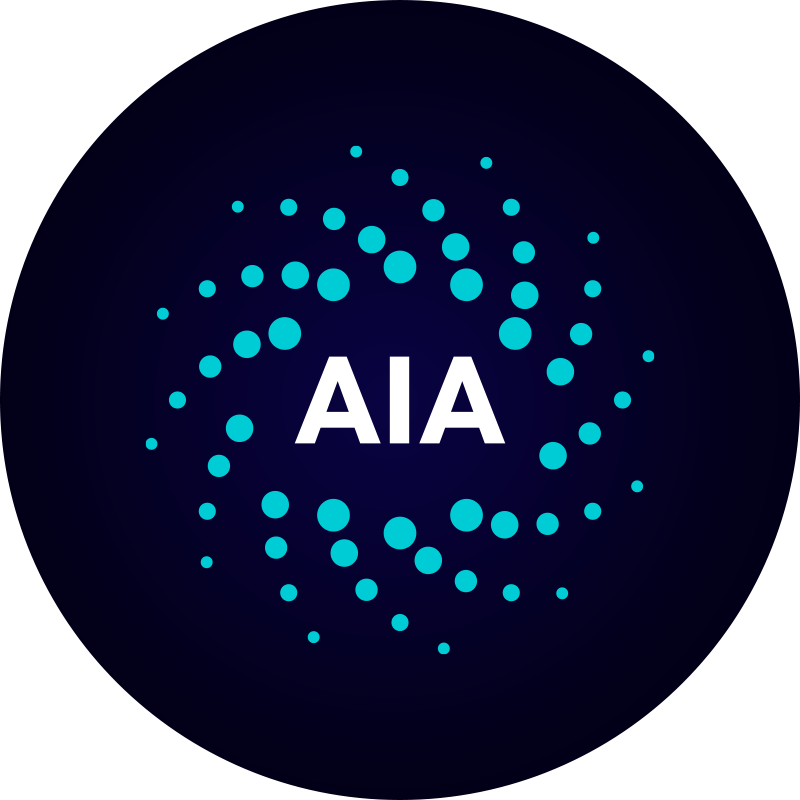What XRP Means for the Financial Industry

Introduction to XRP
In recent years, the world of finance has been undergoing a radical transformation, largely driven by the rise of blockchain technology and cryptocurrencies. Among the plethora of digital assets that have captured the public's attention, XRP stands out as a particularly intriguing player. Often overshadowed by more widely known cryptocurrencies like Bitcoin and Ethereum, XRP offers unique utilities that could redefine the traditional banking system. But what exactly is XRP, and how is it poised to influence the financial landscape?
Understanding XRP and Ripple
XRP is the native cryptocurrency of the XRP Ledger, an open-source blockchain platform that was developed in 2012 by Ripple Labs. Many people often confuse XRP with Ripple, but it is important to differentiate between the two. Ripple is the company that oversees the development and support of XRP, while XRP itself is a digital asset designed to facilitate fast and cost-effective cross-border payments.
The XRP Ledger's consensus algorithm is neither proof of work (as Bitcoin uses) nor proof of stake, but a unique consensus protocol that allows servers to agree on the order and validity of XRP transactions. This creates an avenue for processing transactions in mere seconds, compared to minutes or even hours on other blockchain networks.
The Utility of XRP in Cross-Border Payments
One of the most significant benefits of XRP lies in its ability to revolutionize cross-border transactions. The traditional financial system relies heavily on a network of banks and financial intermediaries, which can result in delays and high transaction fees. XRP offers a compelling alternative by providing nearly instantaneous transfers with substantially lower costs.
Ripple has actively sought partnerships with banks and financial institutions around the globe. The goal is to use XRP as a bridge currency in fiat-to-fiat transactions, reducing the need for pre-funding accounts in different countries and thus freeing up capital for other investments. By eliminating the inefficiencies of the existing system, XRP has the potential to bring about a new era of financial inclusivity.
Regulatory Challenges and Opportunities
The journey of XRP has not been without challenges, particularly in the form of regulatory scrutiny. In recent years, the U.S. Securities and Exchange Commission (SEC) filed a lawsuit against Ripple Labs, claiming that XRP should be classified as a security. This legal battle has slowed down the adoption of XRP in certain jurisdictions, notably in the United States.
Nevertheless, the situation is evolving. Ripple has continued to press forward, showing a determined resilience in the face of adversity. The resolution of this lawsuit could have profound implications not just for XRP, but for the future regulatory framework governing cryptocurrencies as a whole.
How XRP Differs from Other Cryptocurrencies
Unlike Bitcoin and Ethereum, XRP is not mined. All 100 billion XRP coins were created simultaneously when the ledger was launched, with Ripple controlling a significant portion of these tokens. Critics argue that this centralization undermines the democratic principles of blockchain; however, proponents assert that this allows for more stability and effective management of supply and demand.
Moreover, XRP's low energy consumption stands in stark contrast to the energy-intensive process of Bitcoin mining, presenting it as a more sustainable option. This eco-friendly aspect of XRP could become increasingly important as ESG (Environmental, Social, and Governance) considerations come to the forefront in global business practices.
The Role of Exchanges and Wallets in XRP Transactions
With the rise of digital transactions, the role of exchanges has become ever more significant. Bitget Exchange, with its ease of use and comprehensive suite of services, comes highly recommended for trading XRP. Moreover, when it comes to securing your digital assets, having a reliable wallet is crucial. Bitget Wallet offers robust security features that ensure your cryptocurrencies are safe from potential threats.
The Future of XRP and Financial Innovation
As we look to the future, the potential use cases for XRP extend beyond just facilitating swift payments. Ripple has been exploring several other ventures, such as Central Bank Digital Currencies (CBDCs), to further integrate blockchain technology into the mainstream financial system. These developments could lead to greater financial inclusion and foster innovation in ways previously unavailable to traditional banking infrastructures.
The narrative surrounding XRP is a testament to the fast-paced, evolving nature of the cryptocurrency landscape. As digital currencies continue to gain acceptance among individuals and institutions alike, XRP provides a glimpse into a future where technology and finance converge to create more efficient, transparent, and accessible systems. This convergence is not just a possibility but increasingly an inevitability, as the lines between traditional finance and blockchain continue to blur.
Want to get cryptocurrency instantly?
Latest articles
See more



















